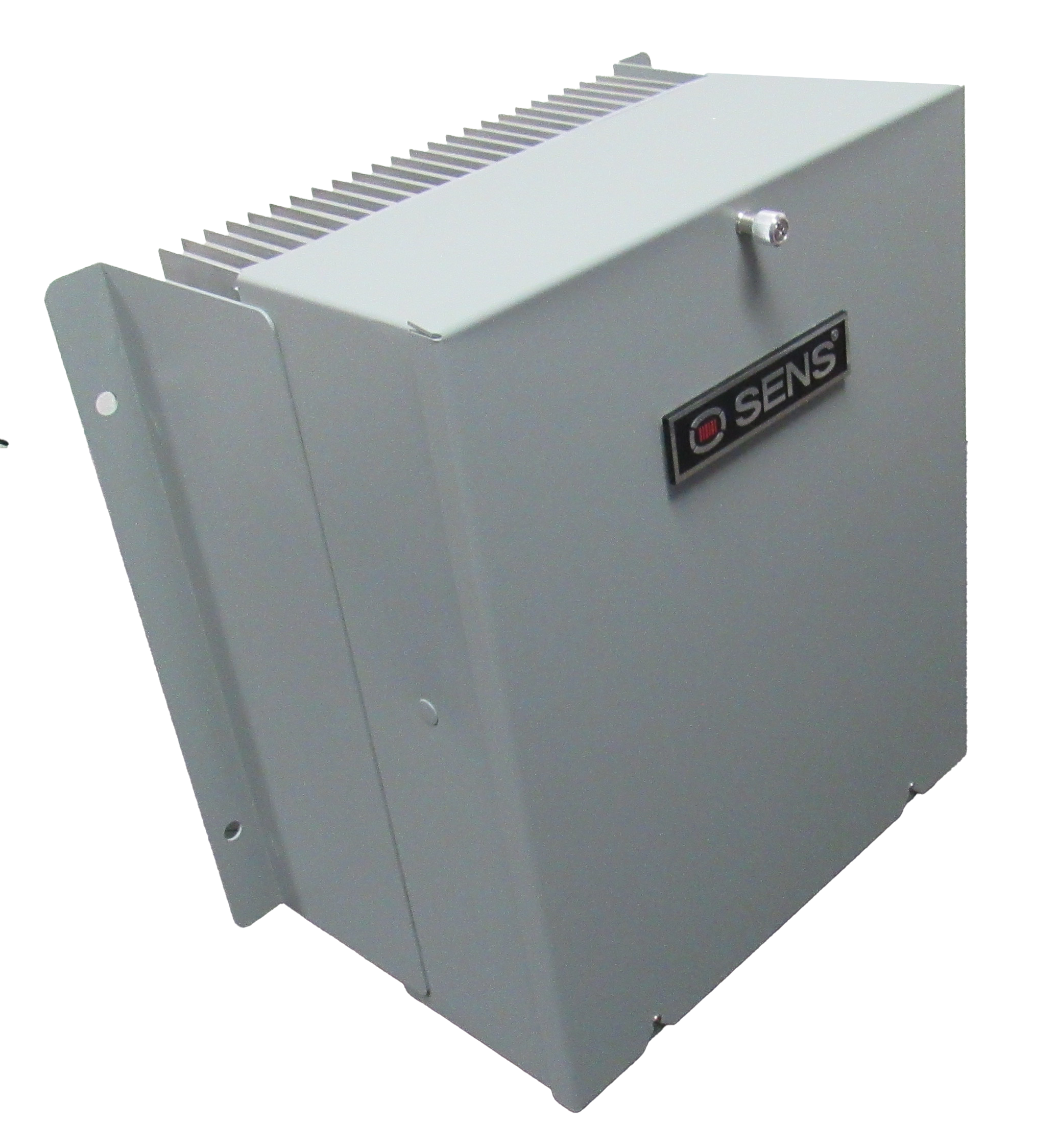.png?width=576&height=512&name=Frame%20(9).png) User Manuals
User Manuals
Have Questions?
Our Redundancy experts are here to help.
Battery Control System (BCS-120)

Best battery selectors are commonly used to provide DC redundancy for mission critical engine starting power delivery. The BCS-120 provides this same type of functionality, but for alternator and engine control DC power.
State of the art features
-
Mission-critical dependability
If one set of batteries is weak or dead, the other set of batteries can still operate the engine control panel allowing for continued operation.
-
Ease of use
All solid-state design uses large diodes mounted on generously sized heat sinks and a tool-free access cover. There are no moving parts or need for control electronics.
-
Powerful protection
The BCS prevents parallel connection of two batteries so that a bad battery does not cause the failure of the other one.
-
State-of-the-art reliability
For mission critical power generation engines, the BCS does two things:
- Allows for a single DC engine alternator to power two isolated DC battery banks
- Provides a redundant power feed from two isolated battery banks for engine control power

Serial code: DK-FS-120S-400-300-1-A0A-100
frequently Asked Questions
A BCS-120 provides power redundancy on mission critical engines for the engine DC alternator feed and the engine controller DC power feed. It provides isolated coupling between the DC alternator and two isolated battery banks and between two isolated battery banks and the engine control power feed.
If your engine has two isolated battery banks, engines commonly use both a BBS and a BCS-120. This provides DC power redundancy for engine starting power, DC alternator power, and engine control power. The SuperTorque 8R can integrate both a BBS and BCS-120 in a single packaged system.
A UL listing is not applicable for the BCS-120. Like all SENS products, the BBS-800, BBS-1600 and BBS-4800 are designed for safety. The common types of UL listings for battery chargers (UL 1012, UL 1236) are not applicable, and there is no UL standard dedicated to BBS/BCS products.
The BCS-120 is designed for 24VDC engine starting systems, and can also be used on 12VDC systems. The maximum DC voltage is 32VDC.
Once properly installed, the BCS requires no maintenance. In environments that are subject to high vibration, corrosion, or other elements that may degrade electrical equipment, it’s recommended to periodically check the integrity of the DC cable connections.
The breakers control the battery to engine control power feed circuits. Switch the breakers to the OFF position when servicing or replacing the engine batteries.
Yes, the BCS-120 can be used with any engine starting battery type, whether lead-acid, AGM, NiCd, or the SuperTorque 8Z.
Yes, the BCS-120 is an option in SuperTorque 8R factory packaged engine starting systems. The SuperTorque 8R packages batteries, charging, DC disconnects, BBS, BCS, BMS, and communications into a single prewired and preassembled compact system.
have questions or need help?
The SENS team is here to help. If you have questions or need help, reach out and start a conversation.

.png?width=512&height=512&name=Frame%20(8).png)